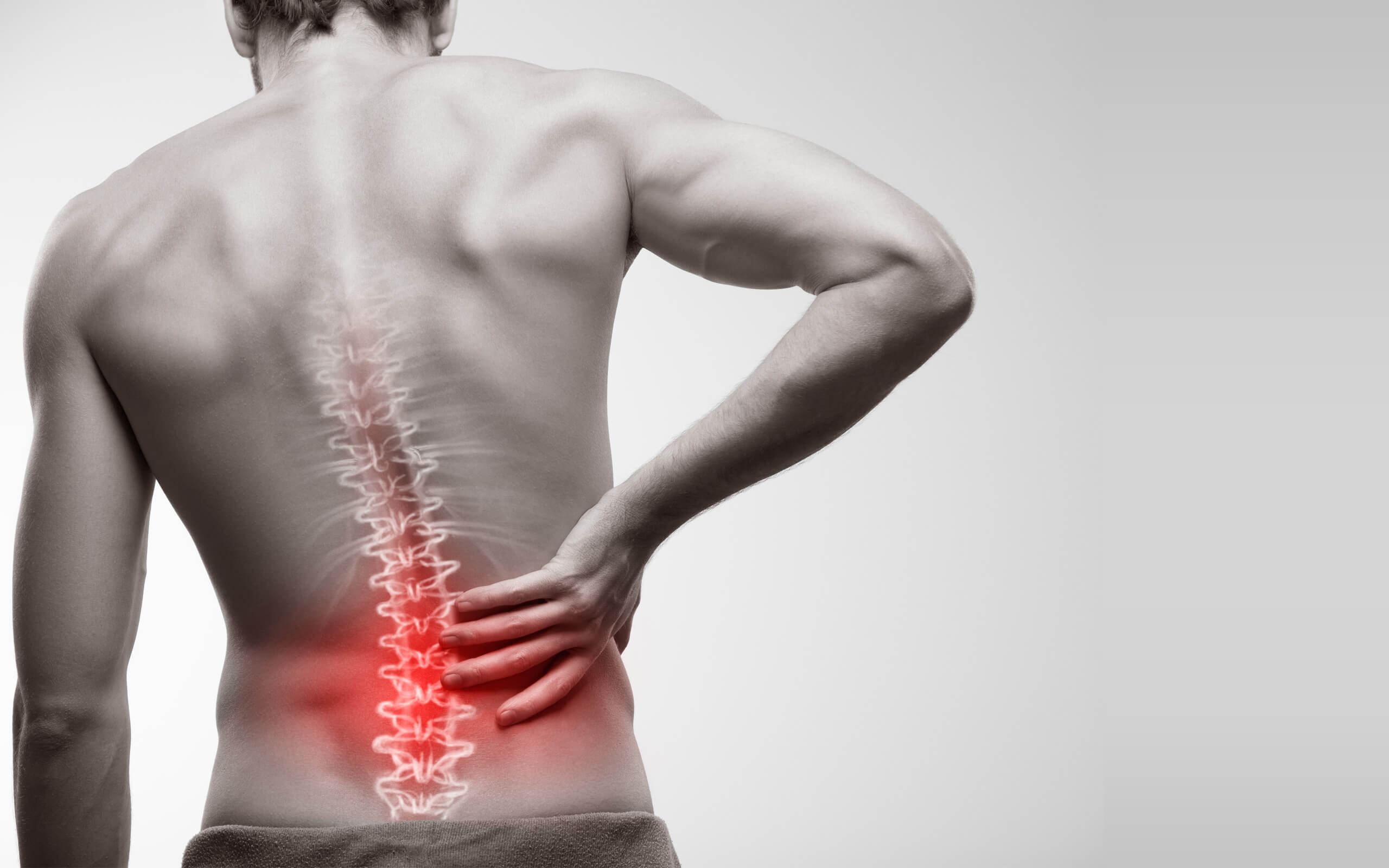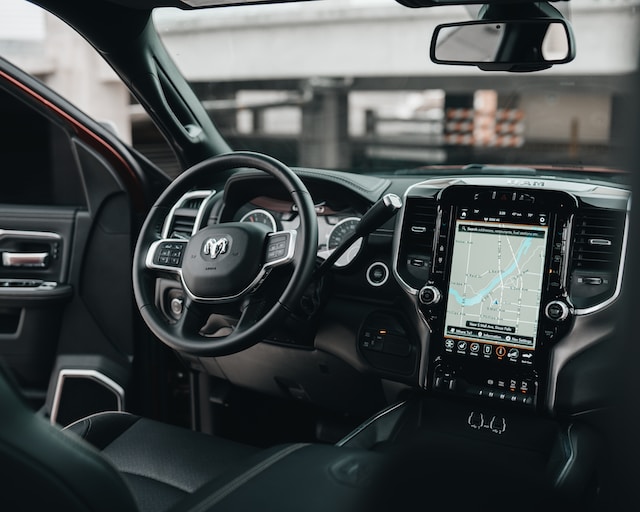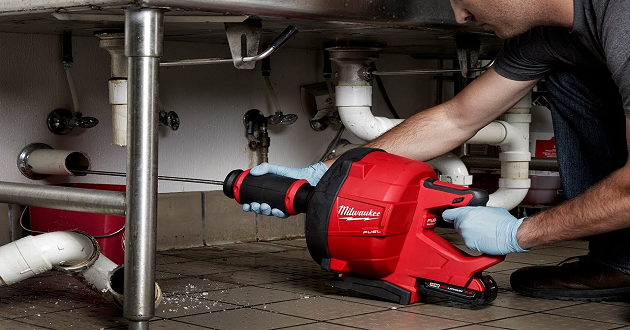
Why Is My Lower Back Killing Me ?
Many people will experience lower back pain in their lifetime. Back pain is most common among people between the ages of 30 and 50 Trusted Source. Lower back pain is one of the most common causes of absence from work and disability in the world, according to a study released in 2020. The most common causes of lower back pain are injuries or pressures in the lower back. Several health conditions can also cause lower back pain, including sciatica and arthritis. Most lower back pain results from injuries. Certain medical conditions may also cause lower back pain. This results from changes in the body that occur due to aging. As you age, fluid is reduced between the vertebrae in the spine. But whenever you feel that my lower back is killing me, never hesitate to consult a doctor.a After using diagnostic tools, he will guide you best about the treatment of the pain.
Causes of lower Back
The feeling that my lower back is killing me, is disturbing in itself. It may involve numerous underlying reasons associated with the disorders of the spine and organs present in lower back proximities. The most prominent of them are as follows
-
Disc Tears
The spinal disc, especially the lower lumbar area, may tear down its protective membranes causing herniation. A sudden injury or trauma may cause the lower vertebral discs to rupture or slip away. Nerve compression is also a serious symptom of herniated discs. If this condition is left untreated, it may develop pain that elongates for at least 6 months.
-
Spine Arthritis
Arthritis is an inflammatory, degenerative disorder of the joint, most commonly found in older individuals. If the joints of the lower back or pelvic area are attacked by arthritis, there are specific symptoms like:
- Spine stiffness
- Spine achiness
- Difficulty in bending
However, there are different types of arthritic disorders. Expert healthcare providers facilitate the identification of relevant types by several diagnostic tests.
-
Abnormal Spine Curvature
Abnormalities from congenital disorders of childhood may develop poor spine posture. The consequences of abnormal spine posture exert extra pressure on muscles, ligaments, tendons, and vertebrae of spinal bone. Generally, kyphosis, scoliosis, and lordosis are the disorders diagnosed in childhood that become the reason behind poor alignment.
-
Sciatica
Compression and swelling of sciatic nerves may lead to lower back pain. If you experience pain that arises from the hip area and radiates towards the legs, there are indications that it may be a result of sciatica. Other signs of sciatic nerve pain are:
-
- Tingling
- Numbness
- Inflammation
- Sudden sharp and shooting pain
-
Muscle Strains
Over-exercising, sudden trauma, or overuse of muscles can stretch and tear down the tendons. It may be due to a sudden twist or pull. This situation can be managed by properly aligning the spine while lifting heavy objects. However, spine doctors recommend back-strengthening exercises to speed up the recovery procedure.
-
Kidney Disorders
Lower back pain may also involve the damage of organs present in the near vicinity, so kidneys are the most near ones. Kidneys may be attacked by any infections or detected by the presence of stones. Moreover, healthcare providers further clear the situation with some diagnostic tests including Ultrasounds, MRIs, and blood tests.
Other common reasons affecting the lower back involve:
- Fibromyalgia
- Spondylosis
- Endometriosis
- Uterine fibroids
- Pregnancy
- Tumors
How Can I Make My Lower Back Breathe?
Pain management in Dallas provides a detailed outline to make the lower back comfortable. Following these tips you can surprisingly avoid back hurts preventing it from be worse:
- Avoid sleeping on your stomach
- Avoid sitting in the same position for a longer period
- Refrain from lifting heavy objects to give appropriate time for healing
- Follow proper stooping techniques to avoid extra pressure while bending
- Avoid bed rest as it may further weaken your muscles
- Restrain from sports exercises including golf, weight lifting, running, and toe touches.
What To Do If Lower Back Hurts?
Back pain specialist in Dallas may help you walk on the path of recovery through customized treatment plans. You must also contact the doctor if the symptoms aggravate at night and radiate toward the lower limb leading to numbness. The treatment plan includes administration of pain relievers and anti-inflammatory drugs. Some non-invasive treatment approaches prioritize rest, myofascial techniques, and the application of heat to increase blood flow in affected areas. If these conservational treatments fail, the focus is then on surgical options that may include:
- Spinal fusion
- Foraminotomy
- Nucleoplasty
- Discectomy
- Radiofrequency lesioning
Summary
Lower back pain, which occurs when you stand or walk, is usually a sign of muscle fatigue or poor posture. This pain can usually be treated by resting, using over-the-counter pain relievers, applying heat or cold therapy, and stretching gently. It may be indicative of underlying conditions if lower back pain persists or recurs. Symptoms of lower back pain that are severe, persistent, do not improve, or occur with other distressing or debilitating symptoms should be reported to the doctor. These conditions include spinal stenosis, degenerative disc disease, and hyperlordosis.



